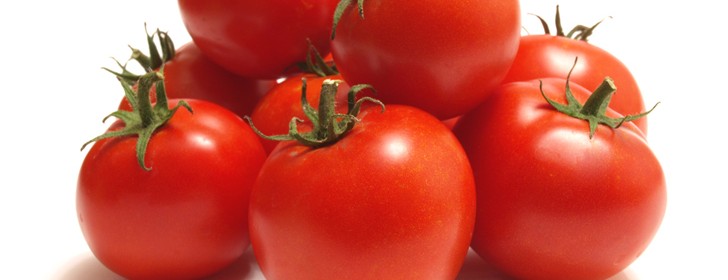Tomatoes with genetic mutation have no taste

That’s because 70 years ago, farmers began widely breeding a type of tomato that, at harvest time, turned an even green color that then became a smooth scarlet shade on the supermarket shelf. What they didn’t realize was that this type of tomato has a mutation that hinders the production of chlorophyll, the green pigment in plants that converts sunlight into sugar during photosynthesis.
Wild tomatoes produce more chlorophyll than supermarket varieties do, ripening into an uneven, darker green first, then a splotchier red. They’re less pretty, but pack more sugar and oxidant-fighting carotenoid and flavor. Researchers say breeding the mutation out of current grocery-store tomatoes which might make them more delicious but homelier could take years.
Produce growers are always looking for new and better ways to grow bigger and tastier crops of fruits and vegetables. The bigger and tastier the fruits and vegetables are, the more money they will fetch in the retail marketplace. Of course, the ability to increase health benefits do exist as well.
The research in agriculture and the evolution of produce will continue to expand, resulting in fruits and vegetables that are bigger, tastier, and healthier for everyone. As long as the research and development continues to revolve around natural genetic mutations and not artificially derived ones as seen in many cases of GMO fruits and vegetables, then we could expect a very beneficial outcome.

 Print
Print